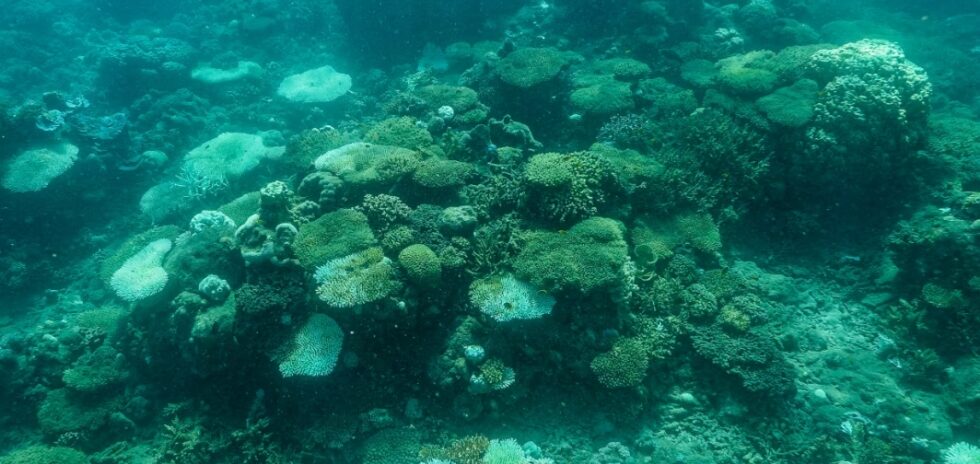
The Paris Agreement is an international accord aimed at mitigating climate change by limiting global warming to well below 2 degrees Celsius and pursuing efforts to limit it to 1.5 degrees above pre-industrial levels. In relation to Australia’s climate targets, the nation has committed to reducing its greenhouse gas emissions by 26-28% below 2005 levels by 2030. The success of the Paris Agreement hinges on the willingness of participating countries to achieve their respective climate objectives.
What is the Paris Agreement?
The Paris Agreement is a legally binding international treaty signed by nearly 200 countries with a collective aim: to keep global temperature increases, this century, to “no more than” 1.5 degrees Celsius.
To achieve this, each country must submit emissions reduction targets — or Nationally Determined Contributions — every five years which will “be a progression on the last … and reflect the highest possible ambition”. In other words, the targets are meant to get stronger.
By 2050, the goal is to reach net zero emissions, or a carbon-neutral economy (this means accepting some emissions but finding ways to offset them).
But there’s a caveat: while countries are obliged to submit five yearly targets under the agreement, the targets themselves are not legally binding.
What happens if you miss a target?
The United Nations relies, to a certain extent, on transparency to keep countries in check, conducting a global stocktake every five years to measure progress.
And then there’s peer pressure.
John Connor from the Carbon Market Institute said while there were no penalties under the agreement, there would be “clear consequences” if countries, including Australia, failed to “meet or beat” their targets.
“You lose your leadership, you lose your capacity to negotiate, you lose your credibility,” he said.
“The Paris Agreement has been woven into security, trade and diplomatic agreements around the world.”
Or, as the Grattan Institute’s Tony Wood puts it: “The prime minister doesn’t go to jail if the targets aren’t met but politically, it’s embarrassing.”
What is Australia’s 2030 target?
When the Coalition signed up to the Paris Agreement in 2015, it committed to cutting emissions by 26-28 per cent, on 2005 levels, by 2030.
Federal Labor didn’t think that was ambitious enough so when the Albanese government was elected in 2022, it quickly set about amending Australia’s target to a 43 per cent cut by 2030.
After all, climate was considered a key issue among voters at the 2022 poll.
The Coalition, now in opposition, has never supported the revised target but, as it puts the finishing touches on its own climate and energy policy, it’s begun ratcheting up its campaign against it.
Shadow Energy Minister O’Brien said: “Labor will not reach its 43 per cent target by 2030 and we’ve got to be honest about that.”
But he wouldn’t reveal what the Coalition would do with the target if elected, saying: “We will be as ambitious as we can, but we’ll be contained by what’s achievable.”
Given countries must have a target, the Coalition would have two choices: leave the existing target in place and let a future government worry about it, or formally weaken it and enter uncharted territory.
Mr Connor said such a move would be “globally historic” because “no country yet has weakened their 2030 target”.
“Weakening our target would send a very bad signal to the Pacific, and the region, and imperil future investment into Australia,” he warned.
What’s the Coalition’s plan?
The political debate — once again — centres on energy policy.
While Labor’s mapped Australia’s renewable energy future, the Coalition wants to take a drastically different approach.
If elected, Peter Dutton’s promising to pursue nuclear power to decarbonise Australia’s electricity system, possibly building large-scale reactors on the site of decommissioned coal-fired power stations.
The estimated build time for a nuclear reactor in Australia is at least 15 years.
The details are yet to be released but if the Coalition is seeking to slow down the rollout of renewables, and rely more heavily on coal and gas until the first reactors are built, then its trajectory to net zero will almost certainly not be linear.



